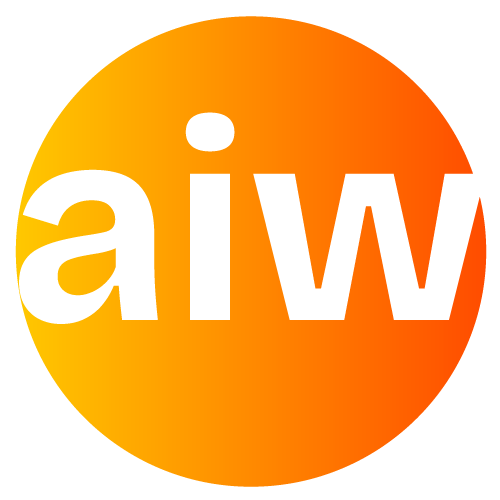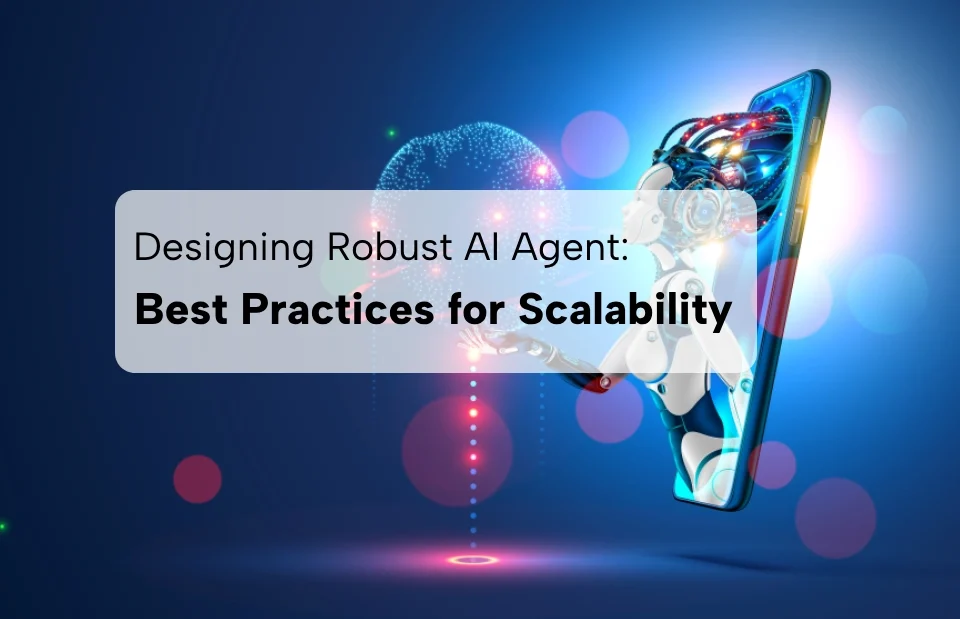If you’re like most small business owners, you’re wearing too many hats. You’re managing clients, chasing invoices, tracking inventory, and answering emails—often all in the same hour. And while you’re great at juggling, you’re not a machine. Manual work adds up fast, and before you know it, your day is gone and the important work—strategy, planning, growth—gets pushed to tomorrow. Again.
That’s why workflow automation for small business operations is no longer optional—it’s essential. Automation isn’t about replacing your team. It’s about helping them—and you—do more in less time, with fewer errors and more focus.
According to Zapier, 88% of small businesses say automation helps them compete with larger companies.
Key Takeaways
- Learn how to identify which processes to automate first
- Discover the benefits and long-term impact of workflow automation
- Avoid common mistakes and implementation challenges
- Explore industry-specific examples for inspiration
- Understand how AI Workfllow supports small businesses with tailored solutions
Table Of Contents
- The Real Benefits of Workflow Automation for Small Businesses
- Common Myths About Workflow Automation
- How to Identify the Right Workflows to Automate
- Planning Your Workflow: Why Mapping Matters
- Choosing the right tools for Business Workflow Automation
- Getting Started: The “Start Small” Strategy
- Common Mistakes to Avoid
- Industry Use Cases: How Small Businesses Are Already Winning
- How AI Workfllow Helps Small Businesses Automate Wisely
- Frequently Asked Questions
- Final Thought
The Real Benefits of Workflow Automation for Small Businesses
You’ve probably heard the phrase “work smarter, not harder.” But when every task is urgent and every minute counts, that sounds easier said than done. The real benefits of workflow automation go beyond just saving time. It fundamentally changes how your business runs—making you more agile, scalable, and resilient.
When you automate tasks like sending invoices, following up with leads, or confirming appointments, you’re not just speeding things up. You’re reducing mistakes. You’re delivering a better, faster customer experience. And you’re freeing yourself and your team from repetitive work that kills morale.
Imagine if your customer emails got responses in seconds. Or if invoices were automatically sent and followed up without you lifting a finger. That’s the power of automation.
Here are some additional long-term advantages of workflow automation:
- Reduced operating costs by minimizing manual labor
- Improved compliance and audit trails
- Greater consistency in service delivery
- Quicker response to customer needs
- Fewer missed deadlines and better team accountability
- Scalable systems that support growth without increasing overhead
- Higher employee morale by eliminating low-value tasks
Common Myths About Workflow Automation
Many small business owners hesitate to start automation because of persistent misconceptions. Let’s debunk a few:
“It’s only for big companies.”
Truth: Even small teams can gain massive value. In fact, because small businesses operate with fewer resources, automation often delivers higher ROI.
“It’ll replace my team.”
Truth: Automation doesn’t replace people—it enhances them. You and your employees can focus on meaningful work instead of chasing repetitive tasks.
“It’s too technical for us.”
Truth: Low-code and no-code tools make it simple. You don’t need to hire a developer or have a tech background to automate basic workflows.
“We’re too early-stage.”
Truth: Starting early helps you build systems that scale smoothly as your business grows.
“Automation makes things impersonal.”
Truth: Done right, it creates consistency, not coldness. For example, follow-up emails can be personalized and timely—without you doing it manually.
How to Identify the Right Workflows to Automate

Start by asking: what are the tasks I repeat every day or every week? What do I often forget to do on time? What causes delays when I’m out of the office?
Good candidates for automation are:
- Tasks with clear steps
- Processes that involve forms, emails, or approvals
- Anything that’s rule-based and doesn’t require judgment
For example, if you run a service-based business, you could automate lead follow-ups, appointment scheduling, and even contract generation. If you’re in retail, inventory updates and order notifications are perfect use cases.
The trick is not to automate everything at once. Start with one painful task. Get it right. Then scale.
Planning Your Workflow: Why Mapping Matters
Before you jump into tools, sit down and map out your process. Yes, pen and paper is fine. Or use something like Lucidchart or Draw.io. Just get it out of your head.
What happens when a customer fills out a form? Who responds? What emails are sent? When is the invoice generated? Where does the data go?
When you map it, you’ll find hidden inefficiencies—extra steps, missing follow-ups, unclear ownership. Fix those first. Then automate.
A well-mapped workflow becomes your blueprint. Without it, you’re just guessing.
Choosing the right tools for Business Workflow Automation

You don’t need enterprise software or a big IT team to get started. Many tools today are built specifically for small businesses. What matters is that they fit your current workflow and can grow with you.
When looking for a business workflow automation tool, consider:
- Is it easy to use without coding?
- Does it integrate with tools you already use—like Gmail, QuickBooks, or your CRM?
- Can you start small and scale?
Tools like Zapier, Make.com, and Airtable are great starting points. But if you’re unsure, working with a partner like AI Workfllow helps you avoid trial-and-error and wasted time.
Getting Started: The “Start Small” Strategy
The most common mistake small businesses make is trying to automate too much at once. That leads to frustration, confusion, and often, failure.
Start with a process that’s simple but annoying—like sending payment reminders. Build it. Test it. Train your team. Then move on to the next one.
This phased approach reduces overwhelm. It also builds confidence, especially for teams that are new to automation.
Each success builds momentum—and every hour saved is time you get back to grow your business.
Common Mistakes to Avoid
-
Automating a messy process
If your current process is unclear or broken, automation won’t fix it. It’ll just make the mistakes faster. Clean it up first.
-
Skipping your team
Your employees are the ones who’ll use these systems. Include them in the conversation. Train them properly. Make them feel part of the change.
-
Choosing tools that are too complex
If the tool needs a developer to set up and maintenance, it’s probably not the right fit. Look for platforms that are intuitive and built for small teams.
-
Not measuring impact
Set simple KPIs: time saved, error reduction, faster response times. Automation is an investment—track the return.
Industry Use Cases: How Small Businesses Are Already Winning
-
Retail
- Dynamic inventory forecasting that predicts demand using seasonality, historical sales, and social trend data.
- Personalized upselling agents that analyze real-time user behavior to deliver tailored offers.
- Computer vision-based shelf monitoring systems that detect stockouts and misplaced items in physical stores.
-
Healthcare
- Conversational intake agents that adapt follow-up questions based on symptoms and patient responses.
- NLP-driven summarization tools that convert free-form notes and reports into structured EHR data.
- AI triage assistants that assess patient urgency using historical records and real-time symptom input.
-
Professional Services
- Intelligent document extraction agents that auto-classify and populate data from scanned forms or PDFs.
- Predictive client scoring models that prioritize leads based on fit, urgency, and potential lifetime value.
- AI-driven contract review tools that detect risky clauses and inconsistencies using contextual legal understanding.
-
Logistics
- Predictive route planners that adapt to traffic, weather, and vehicle constraints in real time.
- Smart fleet optimization systems that assign drivers and resources based on delivery windows, fuel costs, and efficiency metrics.
- Language model-powered customer service bots that can handle complex shipment inquiries across multiple channels.
-
Travel
- Personalized itinerary planners that consider user preferences, real-time availability, visa requirements, and local weather.
- Real-time multilingual concierge agents for instant support during travel via chat or messaging apps.
- Dynamic pricing systems that adjust travel package rates based on competitor analysis, user intent, and demand surges.
These are not big-budget implementations. Many small businesses start with just one workflow—and build from there.
How AI Workfllow Helps Small Businesses Automate Wisely
At AI Workfllow, we understand small business pain points because we’ve worked with teams just like yours. We’re not selling a platform—we’re building partnerships.
Here’s how we help:
- We audit your existing processes to find what’s worth automating
- We help map and redesign workflows that save time
- We build custom automations using agentic AI where it makes sense
- We train your team and provide support, not just software
Whether you run a local bakery or a digital agency, we’ll help you eliminate repetitive work and free up your time for what matters most—growth.
“AI Workfllow helped us turn hours of admin into minutes of automation. It’s like hiring a virtual team member who never sleeps.” — Owner, boutique accounting firm
Frequently Asked Questions
What is AI workflow automation for small businesses?
It’s the use of software to run routine business tasks automatically. Think: auto-sending emails based on your writing style and the context of the email, scheduling meetings, or syncing data between tools without manual input.
What are the benefits of workflow automation?
Time savings, better accuracy, consistent follow-ups, fewer delays, and happier customers. You can scale operations without hiring more people.
What is business workflow automation good for?
It’s great for things like onboarding new customers, processing orders, handling forms, sending reminders, and tracking tasks. Any process you repeat regularly can be automated.
How do I start automation in my small business?
Start by picking one task you hate doing repeatedly. Map it out. Choose a simple tool – or ask AI Workfllow to help. Build the first workflow. Test it. Then scale gradually.
Is automation expensive?
Not at all. Many tools start free. You’ll likely save more money in time and errors than you spend. Plus, partners like AI Workfllow can tailor solutions to your budget.
Final Thought
You didn’t start your business to send reminders, chase updates, or fix typos. You started it to solve problems, serve customers, and build something that grows.
With the right approach, workflow automation for small business operations can help you reclaim your time, delight your customers, and scale without burning out. The best part? You can start today.
Let AI Workfllow help you automate your first workflow for free. One call. One task. Big impact.

Dhruv Dholakia has spent over a decade helping enterprises streamline operations through workflow automation and digital transformation. With a strong belief in building purposeful tech, he now focuses on the next frontier—custom AI solutions and Agentic AI. For Dhruv, AI isn’t just a buzzword; it’s a tool to solve real-world problems and create lasting impact. He’s passionate about making AI accessible, responsible, and truly useful for people, teams, and businesses navigating today’s fast-changing world.





